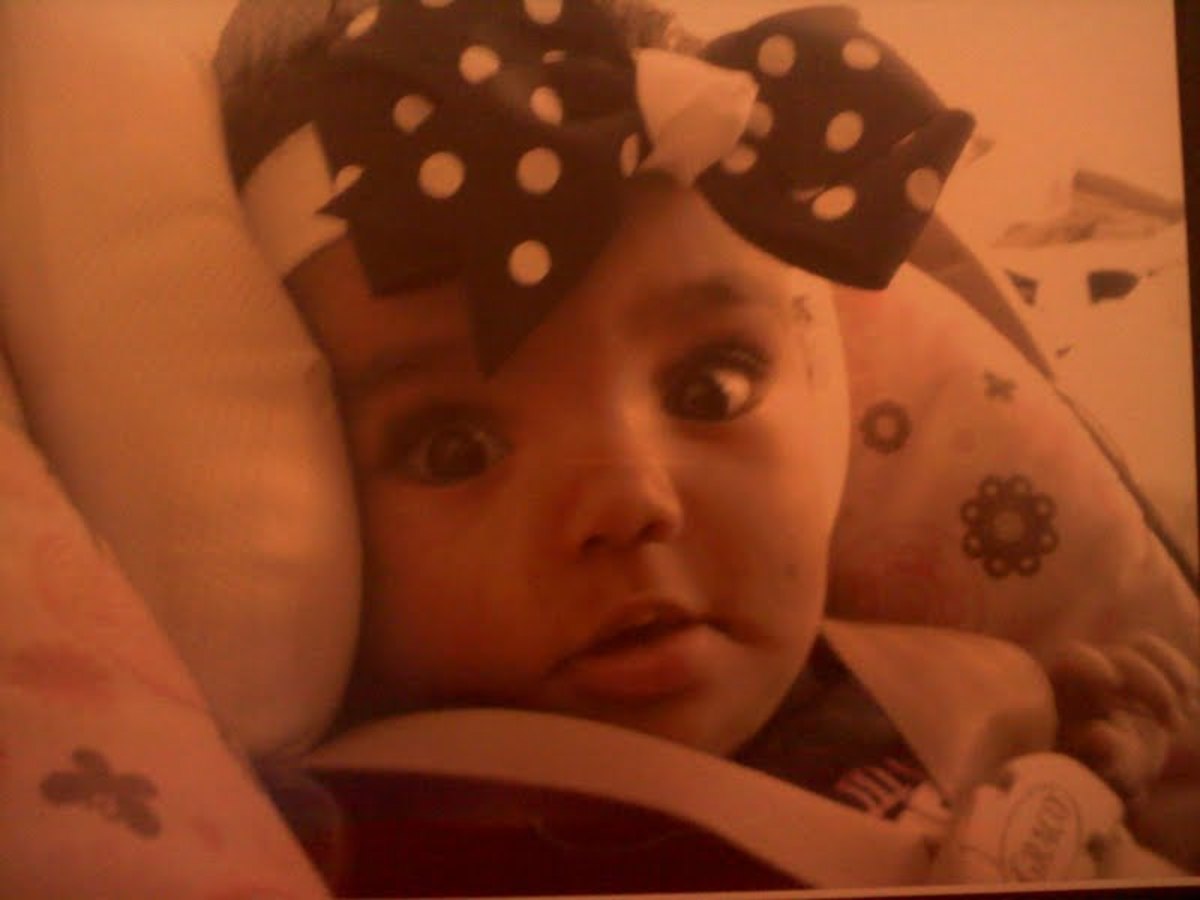Brain Biology - Development of Frontal Lobes in Infants and Children
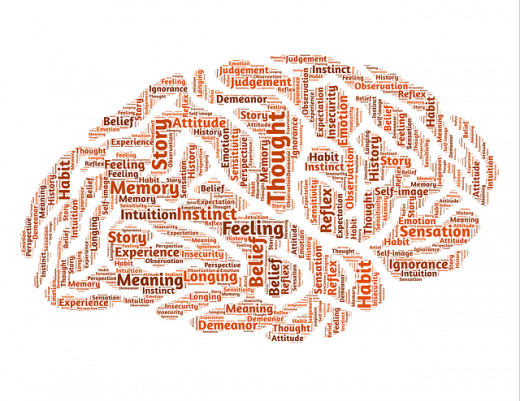
Understanding Human Brain Development
Some incorrect information about human anatomy is sometimes distributed, even in classrooms. Such more often misinformation appears on the Internet and can do some harm. It is important to know the sources of information and their educational and/or professional backgrounds before believing online health and medical posts.
In order to find the most correct and relevant related data, look at websites for major universities, medical colleges, or the Mayo Clinic. All of these sites provide email addresses for actual professional scientists to query when questions arise beyond the presentations on the websites.
One inaccuracy that surfaces online includes two parts:
- Teenagers' frontal lobes are not connected to the rest of their brains.
- Frontal lobes are totally nonexistent from birth to the latest teen years.
In truth, even the newborn human infant needs all brain parts in order to live. Thorough evidence proving this can be found online at zerotothree.org.
The frontal lobe of your baby's brain is just behind her forehead. It handles all her thinking, and voluntary behavior such as walking, speech, and other.
— www.babycentre.co.uk - Your baby's brain: the frontal lobeBrain Biology: Life and Death Information
Let me provide my background for writing this article.
First, I completed AP Biology in grade 8 and proficiency-tested out of Freshman Biology in college. Next, I earned a masters degree in preventive medicine. Then, I tutored biology for several years and taught high school level biology for 10 years. Still, for this Hub I referenced recognized authorities in brain biology and neurology.
The references and my experience tell me that babies are born with frontal lobes.
Those not having frontal lobes suffer from a congenital birth defect or defects that break the hearts of their families and can often end in fatality. In the nomenclature of brain mapper Barbara Houk, MD/Psychiatrist, those brains without frontal lobes are broken.
In teaching biology, I was intrigued by the myth some students believed that rats grow into bats - always. In fact, they never do so. However, the healthy child without any frontal lobes is, as Stephen Colbert might say, a mythier myth.
— Patty Inglish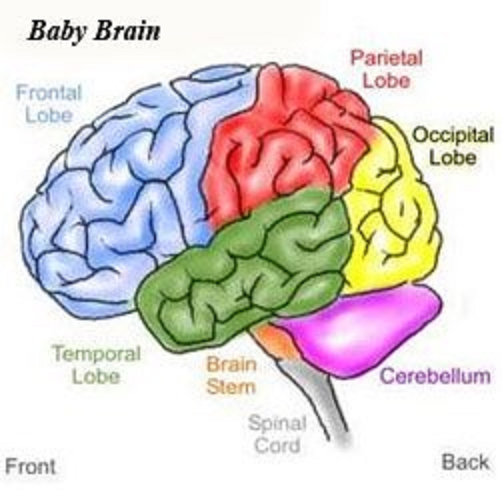
Evidence From a Practicing Neurologist
The following comment was provided on the medical communications website Just Answer; Neurology by
Dr. Frank, Board Certified Physician in Neurology with an MD and a PhD. Board Certified General Adult Neurologist, with experience in experimental neuroimaging and neurodiagnostics.
Note: Dr. Frank's Medical License was verified in 2012 by a leading third-party verification service.
In answer to a write-in question:
Your son really could not be born without both frontal lobes, and have normal speech and dexterity. Congenital absence of the frontal lobes would leave a severe form of disability.
— Dr. Frank, Board Certified Physician in NeurologyEvidence From Autopsy
The evidence that the brains of older human fetuses and newborn infants have frontal lobes comes from surgical dissection upon autopsy and amasses from centuries of autopsies. While I was not exposed to human infant autopsies, I saw pictures of them. I was required to participate in dissection of embryonic and fetal animals, in which I witnessed frontal lobes present before birth.
Thus, we have standard biological instruction, autopsy evidence, and dissection evidence that even human fetuses possess frontal lobes.
Largest Lobe Of The Brain
The frontal lobe is the largest lobe on either side of the human brain. However, it is possible for a person to live with one frontal lobe instead of two.
Evidence From the National Institutes of Health (NIH)
The NIH classifies any missing frontal lobe in any fetus or person after birth as a Brain Malformation. Such conditions occurring before birth usually happen at or soon after conception. The malformations can be caused by either genetics or by environmental products such as chemicals, drugs (even prescribed medications), radiation exposure, infections (like measles), and perhaps some other items -- You might have heard of some others in the news.
A couple of malformations of the brain that are fatal include those in which the embryo's brain does not split into two halves or hemispheres. In anencephaly, an infant comes to birth without a forebrain (cerebrum/frontal lobes) and without part of the skull and scalp. Most of these infants are still born or die within hours or perhaps a few days. While those that live do so for a short time, they are blind and deaf, and never become conscious. In holoprosencephaly, the embryo's forebrain does not divide into two halves either partially or completely and the set of problems in this condition range from cleft palate to death.
Infants need frontal lobes, Children need frontal lobes before age 13.
From NIH: Cephalic Disorders Fact Sheet. http://www.ninds.nih.gov/disorders/cephalic_disorders/detail_cephalic_disorders.htm Retrieved January 5, 2014.
Changes In Adolescence
What happens at age 13? -- Probably an increased rate and amount of myelination, the formation of insulation for brain nerves with the substance myelin, including in the frontal lobes. Myelin covers the nerves and makes connections in the brain. Myelination occurs in the womb and through the 20s, according to the body of human brain research literature.
Frontal Lobes - Human Brain Myelination Mapped in Infants
Myelination in the infant's brain from birth to age 12 months was first accomplished on January 20 2011 by Sean C. L. Deoni, PhD, et.al.; Centre for Neuroimaging Sciences at King's College London's Institute of Psychiatry in the UK.The entire brain, including frontal lobes, is undergoing myelination during the first year after birth and even before, especially in such areas as the brain stem and cerebellum.
The team thinks it can use the data collected to develop ways of treating conditions stemming from problems with myelination, possible even autism spectrum disorders.
A Simplified Timeline for Frontal Lobe Development
Conception
| Brain begins to develop
|
Week 35 of gestation
| A good-sized pair of frontal lobes are evident. Myelination begn weeks or months ago.
|
Weeks 36+ of Gestation
| .The frontal lobes have increased dramatically in size
|
Birth
| The brain is about 25% of adult size and will grow, including frontal lobes.
|
Age 6 months - 12 months
| A dramatic increase in size of the frontal lobes is clear as the overall brain grows.
|
Approximately Age 13
| A jump in myelin production may be evident at this time.
|
Age 30
| The frontal lobes may be complete in their development at this time.
|
A child's brain undergoes an amazing period of development from birth to three, producing more than a million neural connections each second.
— Zerotothree.orgThe Important Frontal Lobe
view quiz statistics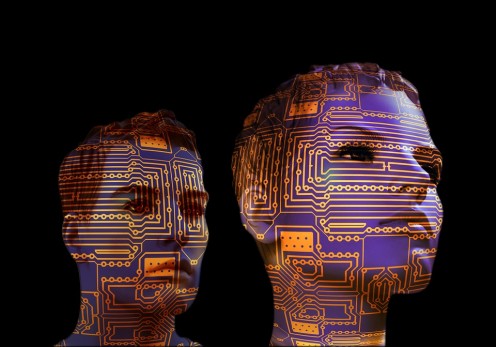
Frontal Lobes Can be Damaged
Damage to the Frontal Lobes can result in many conditions, according to the NIH, some of which are in the simplified list below:
- Apathy, lack of motivation, and/or personality changes.
- Euphoria and possibly inappropriate humor/attitude.
- Memory problems.
- Movement problems, slowed down movements.
- Some behaviors that mimic psychopathic or sociopathic behaviors.
- Speech problems, including mutism (inability or lack of motivation to speak), abnormal grammar and syntax, stilted speech, echolalia (repeating what is heard), difficulty remembering and using words, and others.
- Other difficulties.
A lot can go wrong if we lose our frontal lobe functions. We need those brain parts - or at least one of them - all of our lives.
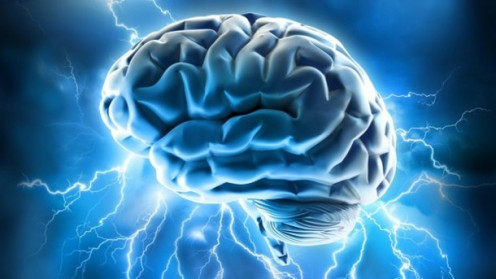
© 2015 Patty Inglish MS






